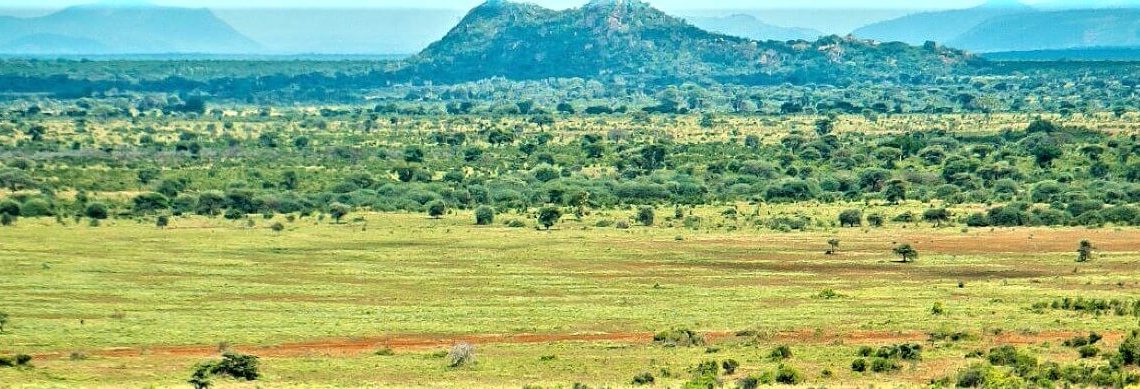
ABOUT MERU NATIONAL PARK
Meru national park is indeed wild and beautiful. It Straddles the equator and is bisected by 13 rivers and numerous mountain-fed streams. The scenery is diverse from woodlands on the slopes of Nyambeni mountain range, north east of Mt. Kenya, to wide open plains with meandering riverbanks dotted with palms. Little visited and utterly un spoilt, it is ideal for off the beaten path safari. Few places are comparable to the remote and rugged atmosphere found here.
Meru National Park is also home to the Big Five. Big herds of Elephants migrate through the park. Big cats are more difficult to spot, but it isn’t rare to have a sighting all to yourself. The guarded rhino sanctuary is an exhilarating highlight and you’re virtually guaranteed to both see black and white rhinos in their wild habitat. Visitors can see Grevy’s zebras, elephants, bohor reedbucks, hartebeests, pythons, puff adders, cobras, buffalos.
There are over 300 species of birds. They include: Red-necked falcon, Heuglins courser, brown-backed woodpecker, sunbirds Peter’s Fin foot, inhabiting the Murera and Ura Rivers; Pel’s Fishing Owl, kingfishers, rollers, bee-eaters, starlings and weavers. Meru national park is particularly scenic. The Tana river on the southern boundary is the largest waterway in Kenya, and several small streams run through the park. Beautiful doum palms and baobab trees are silhouetted against the sky, and with the red soil, therefore making a striking background for arid-adapted animals.
The Park is most famous for Joy Adamson’s book “Born Free”. The story of the Adamson’s life and research amongst lions and cheetahs. “Elsa” the well known lioness’s grave is here.
Park rules/code of conduct
- Respect the privacy of the wildlife, this is their habitat.
- Beware of the animals, they are wild and can be unpredictable.
- Don’t crowd the animals or make sudden noises or movements.
- Don’t feed the animals, it upsets their diet and leads to human dependence.
- Keep quiet, noise disturbs the wildlife and may antagonize your fellow visitors.
- Stay in your vehicle at all times, except at designated picnic or walking areas.
- Keep below the maximum speed limit (40 kph/25 mph).
- Never drive off-road, this severely damages the habitat.
- When viewing wildlife keep to a minimum distance of 20 meters and pull to the side of the road so as to allow others to pass.
- Leave no litter and never leave fires unattended or discard burning objects.
- Respect the cultural heritage of Kenya, never take pictures of the local people or their habitat without asking their permission, respect the cultural traditions of Kenya and always dress with decorum.
- Stay over or leave before dusk, visitors must vacate the Park between 6.00 p.m. – 6.00 a.m. unless they are camping overnight. Night game driving is not allowed.
